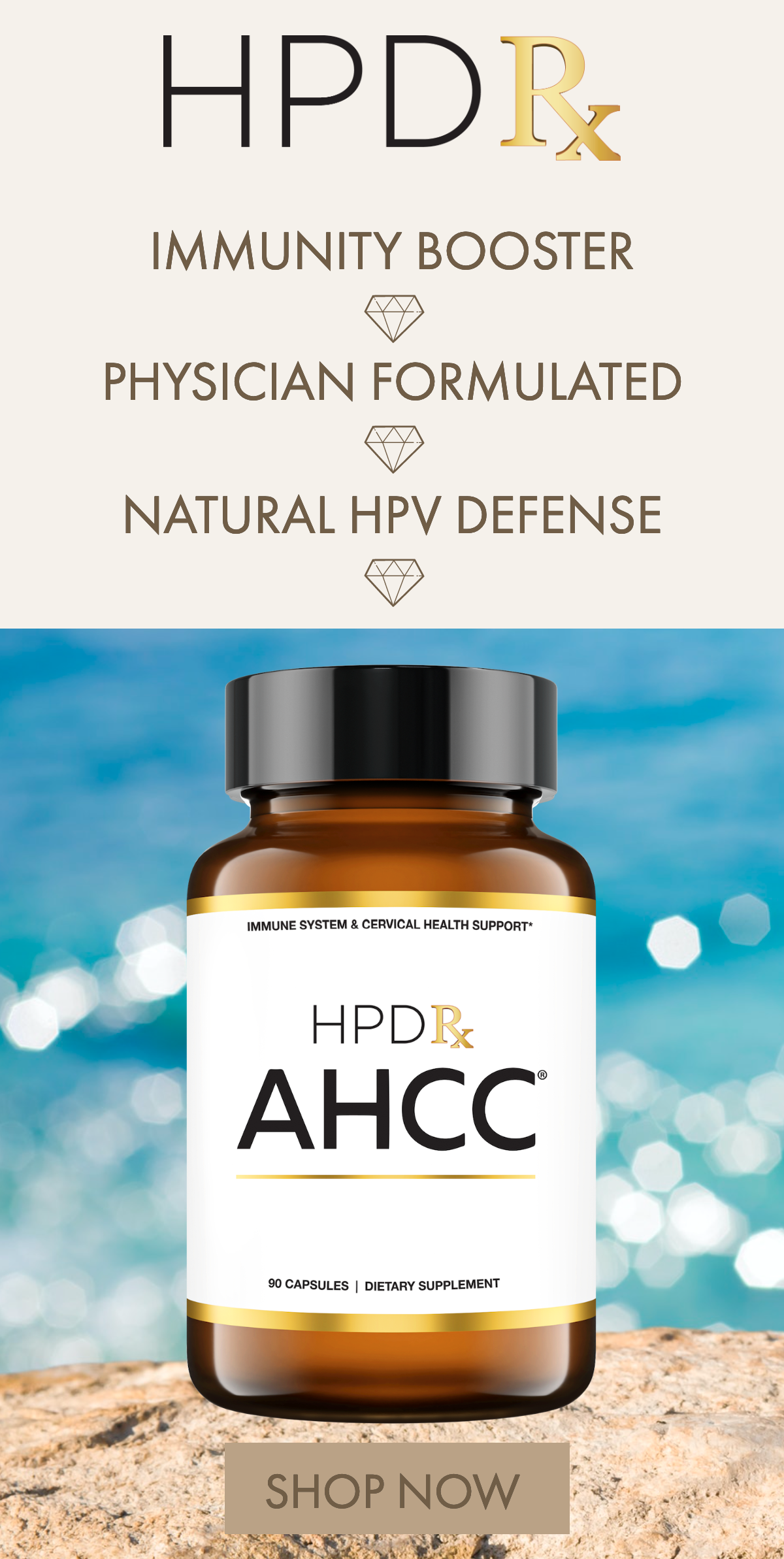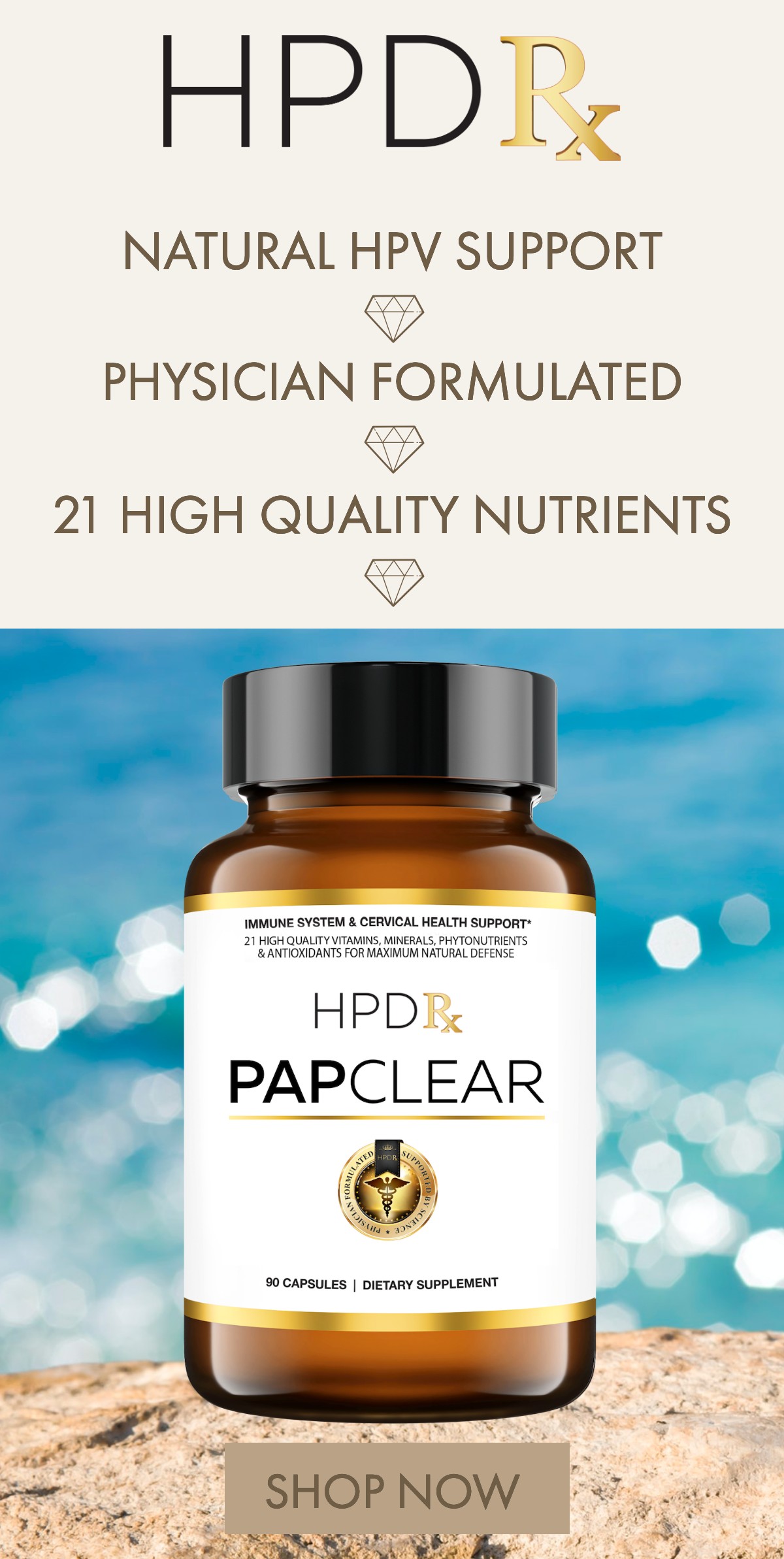
What’s the Best Treatment for HPV?
Many people have HPV (human papillomavirus). While it often clears up on its own, some cases may develop chronic HPV infections. If it causes problems and the symptoms persist, your doctor can provide HPV treatment options for the infection by addressing the symptoms. Some of these symptoms include genital warts. These are linked to low-risk HPV strains, which generally don’t lead to cancers.
This article will cover some general guidelines on how to treat HPV infections.
If You Have HPV and No Symptoms
HPV (human papillomavirus) is a very common virus, with an estimated 80% of sexually active individuals contracting it at some point in their lives. Most people with HPV will not have any symptoms as the infection often clears up spontaneously. However, in some cases, HPV can cause health problems, such as genital warts and precancerous changes in the cervix, vulva, anus, or penis.
HPV is categorized into different risk classes based on the potential of the virus to cause cancer. Low-risk HPV types, such as HPV 6 and 11, cause genital warts, which can be unsightly, but do not generally lead to cancer. High-risk HPV types, such as HPV 16 and 18, have a higher potential to cause cancer.
If you have symptoms of HPV, it is important to see a doctor for a proper evaluation. If HPV does not self-resolve, your doctor can treat the symptoms of the infection. This may involve the removal of genital warts or monitoring and treating the precancerous changes.
Moreover, there are a few vaccines that can help prevent HPV infections but once you have HPV the vaccines will not eliminate the virus. Note, that the early detection and treatment of HPV lead to better outcomes. Make sure to get regular check-ups and to inform your doctor of any symptoms you may experience. By taking these steps, you can help protect yourself and your sexual partners from the potential health problems associated with HPV.
What If There Are Changes?
If HPV precipitates cancerous modifications of the cervix, your doctor may opt for a wait-and-see approach. This is because some changes, such as cervical dysplasia, precancerous growths, and cervical intraepithelial neoplasia, will can heal without medical intervention.
If treatment is necessary, options include:
- Cryotherapy (freezing with liquid nitrogen)
- Conization (removal of abnormal areas)
- Laser therapy (burning away cells with light)
- LEEP (removing cells with an electrical current)
The goal is to eliminate all abnormal cells to prevent the transformation of these growths into cancer.
If You Have Genital Warts
Genital warts caused by HPV (human papillomavirus) infection can present in a variety of ways, including being raised or flat, small or large, and in different colors (e.g., pink, skin-colored).
They can appear on various body parts, such as the vulva, cervix, scrotum, penis, anus, and thighs. When it comes to treating genital warts, the immediate approach may not always be ideal. You see, new warts may keep developing even after you remove older ones. Consequently, you will need further treatments, making this approach impractical.
HPV types 6 and 11 are linked to genital warts. They tend to grow for about 6 months before stabilizing. In some cases, these strains resolve without treatment. If medical intervention is necessary, there are several home-use creams that can be prescribed by a doctor, such as Imiquimod (Aldara, Zyclara) and Podofilox (Condylox). You should take Podofilox for about 4 weeks to destroy warts. This substance showed a success rate of 45-90%. However, warts may return. As for Imiquimod, it works by boosting the immune system to fight off the virus and often clears warts.
Aside from creams, there are several other treatments available, including:
- Cryotherapy – Involves freezing the wart with liquid nitrogen
- Trichloroacetic acid – Focuses on applying a chemical to the surface of the wart
- Electrocautery – Burns off the wart using an electric current,
- Surgical removal
- Laser vaporization
Note, surgical treatment is often a one-time solution. Smaller warts and warts located on moist surfaces tend to respond better to treatment.
If warts persist despite treatment, your doctor may recommend additional tests to diagnose any underlying issues. Keep in mind that genital warts can be a source of discomfort and embarrassment. By working closely with your doctor and being proactive about treatment options, you can reduce the impact genital warts have on your life.
HPV Nutrition
To support the body in combating HPV and avoiding the transformation of cervical cells into cancer, you should adopt an HPV diet rich in antioxidants, carotenoids, flavonoids, and folate. You can find these nutrients in fruits and vegetables. Another option to consider is to supplement yourself with AHCC. This product demonstrated promising results in a Phase II Clinical Study for HPV treatment.
Consult with your doctor before making any changes to your diet or taking new supplements. Your medical history and individual circumstances will determine the most suitable dietary choices for you.








